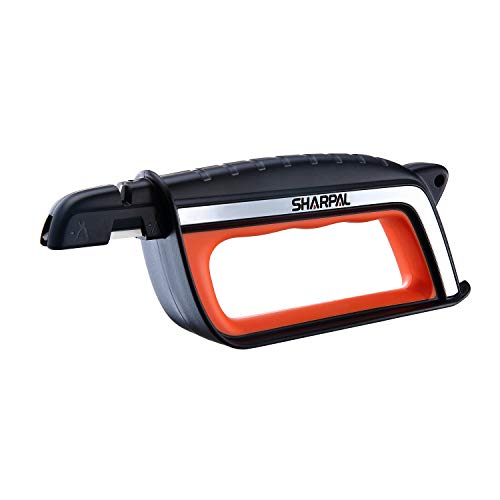How and when to harvest kohlrabi – the ideal time for the best flavor and texture
Our guide to everything you need to know about kohlrabi harvesting


Kohlrabi is a unique-looking vegetable yet this quirky brassica is becoming increasingly popular among gardeners looking for a delicious and versatile crop to grow and harvest.
I grew both white and purple varieties of kohlrabi for chefs, and it was important to harvest the crop at the peak moment in their lifespan. This is because the taste can turn chewy and bitter if they are left to develop too long in the vegetable garden.
Kohlrabi is fast-growing compared to most brassica plants and the crop can be ready to harvest within seven weeks of sowing the seeds. Such speedy development means kohlrabi can have a very long harvesting season, especially if you do succession planting.
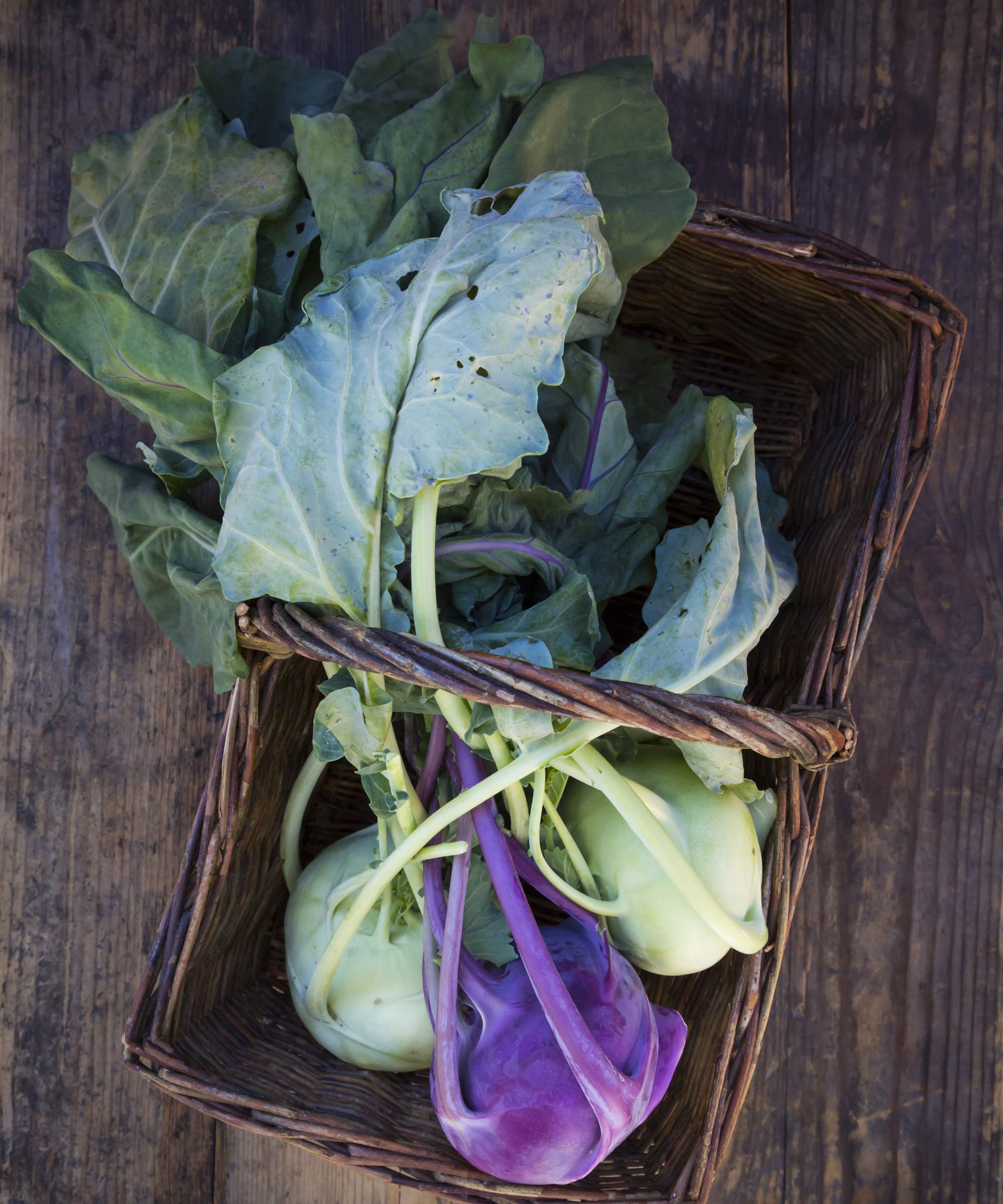
Kohlrabi can be sown and harvested over many months
Types of kohlrabi to grow and harvest
You can choose between lots of different varieties to grow. Primarily, there are kohlrabi varieties with purple or white skins, though both have white flesh, and ones that develop a rounder or flatter-shaped stem.
There can also be variations in terms of the size of the stem. To help you harvest successfully, let's have a look at when and how to harvest kohlrabi.
When is kohlrabi ready to harvest?
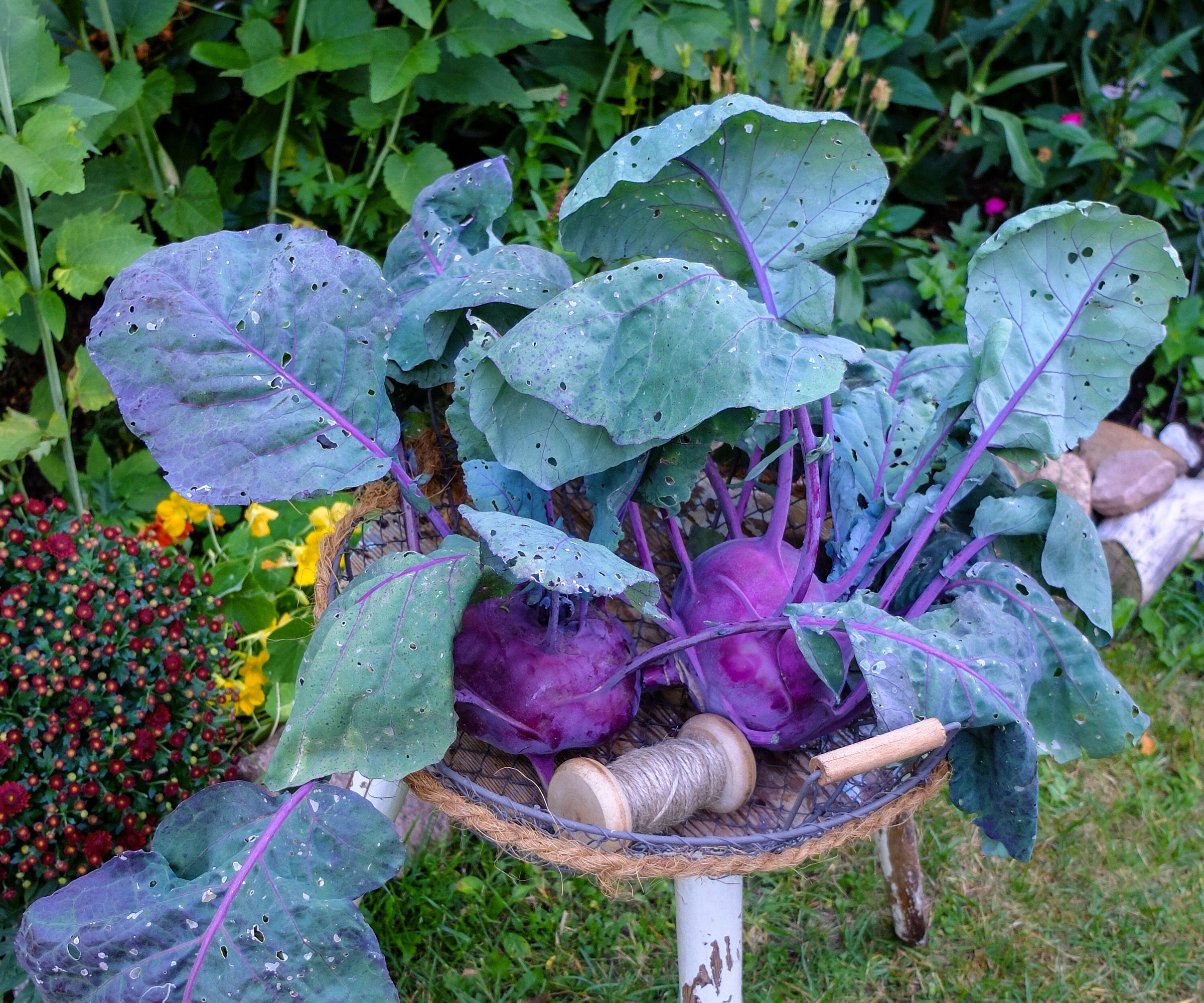
It is important to harvest kohlrabi at the right time
Kohlrabi is a fast-growing vegetable so you do not have to wait long for delicious feasts. If you grow cauliflower or Brussels sprouts you have to be patient, but luckily, kohlrabi is one brassica that springs into action fast.
The crop is grown for the swollen stem that it develops. As neither the color nor the texture of the stem changes when the kohlrabi ripens, how do you know when the kohlrabi is ready to harvest? The way to tell comes from the size of the enlarged stem.
Design expertise in your inbox – from inspiring decorating ideas and beautiful celebrity homes to practical gardening advice and shopping round-ups.
The exact days to maturity will depend on the variety of kohlrabi you are growing. Always refer to the seed packet for a general guide to how long it should take to go from sowing to harvesting.
Depending on the varieties you choose, and if you opt to succession sow kohlrabi, you can harvest from May through to November. The crop tends to be ready to harvest in 50 to 70 days from sowing the seed, usually when the stem reaches 3-4 inches in diameter. The ideal size for most varieties is when the swollen stems are about the size of a cricket ball.
You can get giant kohlrabi varieties, such as the superschmelz giant white type available at True Leaf Market, and these varieties are best harvested when they reach 8-10 inches in diameter.
While it is OK to let these varieties develop super-size stems, allowing all kohlrabi types to reach those sizes would be a vegetable harvesting mistake. Allowing non-giant types to grow too large means the stems will get woody and the taste will be unpleasant, far more chewy and bitter than you would want.
How to harvest kohlrabi

Harvested kohlrabi can last for 2-4 weeks in the refrigerator
Now you know when the time is right to pick kohlrabi at their peak size, the next important step is to understand how to harvest the stems to ensure they make it to the kitchen without being damaged or blemished.
Thankfully, it is straightforward to harvest kohlrabi and requires only basic garden tools - a pair of clean and sharp pruning shears or a sharp knife.
I always found it best to pull up the entire plant at harvesting time and shake as much of the soil as possible from off the roots. I would then use my pruning shears to remove the roots from the bottom of the stem and carefully trim off all the shoots and leaves.
The alternative way to harvest kohlrabi is to cut the enlarged stem from the base of the plant using your shears or knife. The base can be left in the ground to grow again if you want to save your own seed to use in future years.
Post-harvesting, kohlrabi needs to be cleaned thoroughly and peeled before being eaten. The crop can either be eaten raw in salads or cooked in a similar way as you would a turnip or rutabaga.
Tools to harvest kohlrabi
When to harvest kohlrabi leaves
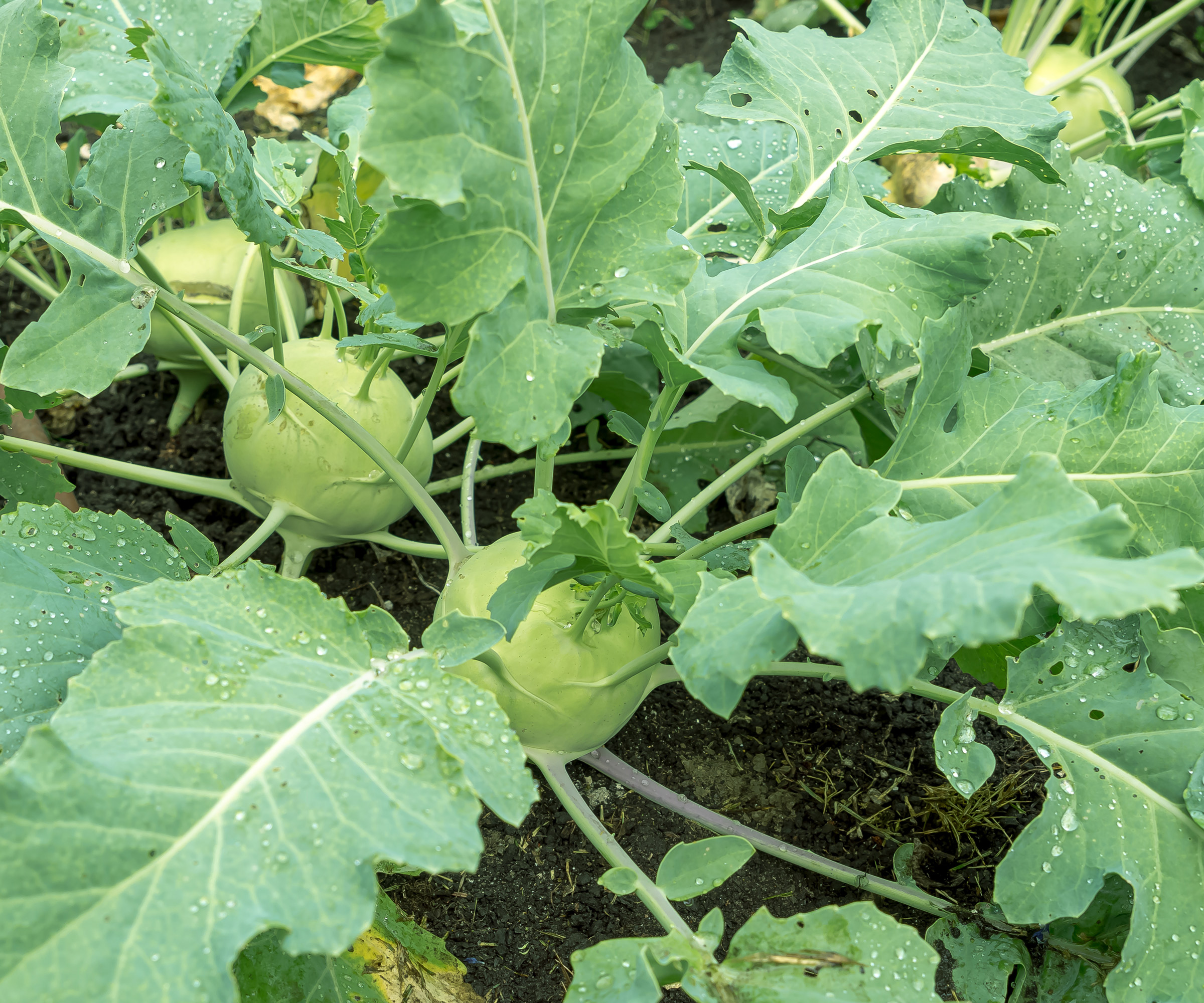
Kohlrabi leaves can be harvested at any stage of the growing season
It is not just the stem that can be eaten, as kohlrabi leaves are also edible. Most people will grow the crop solely for the stem, but it is a waste as the kohlrabi greens are also packed with vitamins and minerals.
The stems can be snipped from the plant once they reach a usable size. It is always best advised to cut them off rather than pull the leaves, which could risk pulling the entire plant out of the ground. When you harvest, do not remove more than a third of the leaves as the plant needs the foliage to provide energy to the developing kohlrabi stem.
Kohlrabi greens must be washed before consumption. Smaller leaves can be eaten raw in salads, but larger ones are best cooked and can be used similarly to spinach or collard greens.
FAQs
Does kohlrabi grow back after harvesting?
Yes, and no: kohlrabi is a biennial plant, so it does come back a second year if you leave the base in the ground to overwinter in mild conditions. However, it only comes back to set seed, not to grow more swollen stems. So it’s good news if you want to grow kohlrabi for collecting seeds – but if you want more crops, you need to make sure you sow more, continuously, over a sustained period. That said, don’t forget you can keep harvesting the leaves once the bulb has been taken.
Kohlrabi, like all other brassicas, should be protected with netting from a range of pests that are attracted to the plants. The worst culprit for brassicas is the cabbage white, whose caterpillars can munch through plants and cause major damage.
Insect netting is the best option to keep caterpillars out of a vegetable garden and protect your brassica plants from these troublesome pests. An example of such a product to use is this insect netting, available at Walmart.

Drew has worked as a writer since 2008 and was also a professional gardener for many years. As a trained horticulturist, he worked in prestigious historic gardens, including Hanbury Hall and the world-famous Hidcote Manor Garden. He also spent time as a specialist kitchen gardener at Soho Farmhouse and Netherby Hall, where he grew vegetables, fruit, herbs, and cut flowers for restaurants. Drew has written for numerous print and online publications and is an allotment holder and garden blogger. He is shortlisted for the Digital Gardening Writer of the Year at the 2025 Garden Media Guild Awards.
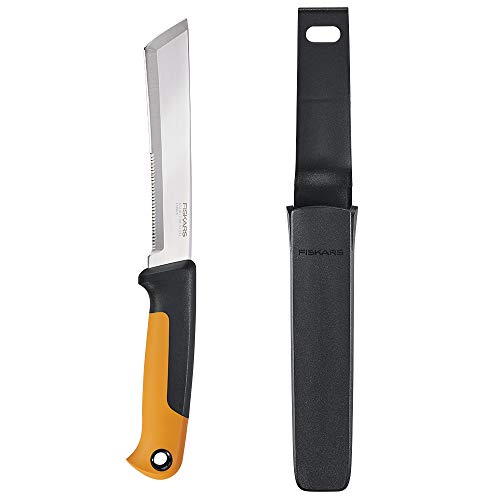
![Tonma Pruning Shears [made in Japan] 8" Bypass Hand Pruners, Garden Scissors Clippers, Plant Trimmers](https://cdn.mos.cms.futurecdn.net/Be6ELnztcyDacxDJfae4YS.jpg)
